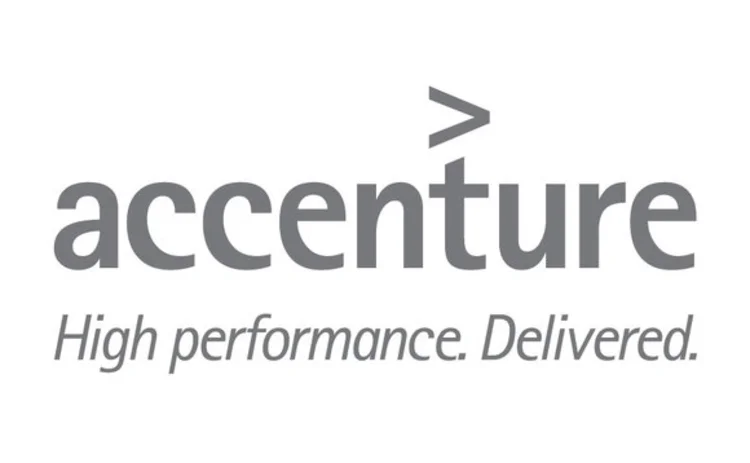
Sponsored Q&A: Accenture Risk Management

How does Federal Energy Regulatory Commission (FERC) 741 concern regional transmission organisations (RTOs), independent system operators (ISOs) and energy and utility risk officers?
Shelley Hurley (SH), Executive Director, Accenture Risk Management: FERC Orders 741 and 741–A are intended to strengthen risk management practices within the organised wholesale electricity markets – RTOs and ISOs – and market participants. The timeline listed in FERC 741 and 741–A require enforceability by October 1, 2011, except for the ability to offset market obligations, which is extended in FERC 741–A to January 1, 2012. The mandated changes from FERC 741 will impact the settlement and risk management policies, processes and systems for RTOs, ISOs and market participants.
What is covered by FERC 741 and FERC 741–A?
SH: FERC 741 and FERC 741–A address seven key issues:
1. Shortening the billing and settlement period to no more than seven days.
2. Reducing the allocation of unsecured credit to no more than $50 million per market participant and no more than $50 million per corporate family (updated per FERC 741–A).
3. Creating the need for ISOs and RTOs to secure or collect collateral for the transmission capacity markets.
4. Creating a market construct that enforces netting by requiring the ISOs and RTOs to decide between four market structures, including establishing a central counterparty.
5. Requiring the ISOs and RTOs to establish minimum criteria for market participation, such as requirements related to adequate capitalisation and risk management controls.
6. Clarifying the circumstances for invoking a material adverse change.
7. Establishing a two-day grace period for ‘curing’ collateral calls.
What are the major changes required of RTOs and ISOs that are addressed in FERC 741?
SH: There are three areas on which we recommend clients focus:
1. The minimum requirements for FERC 741, paragraph 65, state,
“…periodic compliance verification, to make sure that each market participant has adequate risk management capabilities and adequate capital to engage in trading with minimal risk, and related costs, to the market as a whole”. Risk management capabilities may include establishing minimal risk criteria, performing risk assessments of all market participants on a periodic basis, and maintaining clearly defined and auditable risk management governance, policies and procedures.
2. FERC 741, paragraph 137, states, “Material adverse change clauses need to be sufficiently forward-looking to allow market administrators to request additional collateral before a crisis starts”. One way RTOs and ISOs can monitor counterparty solvency is to develop predictive measures to highlight potential changes to a counterparty’s solvency. This requires changes to their tariffs, business processes and systems.
3. Elimination of unsecured credit for transmission capacity contracts requires changes to tariffs, business processes and systems to manage and separate collateral. These contracts will need to be accurately priced and updated and this will result in periodic price updates and possible margin calls to ensure that the entire value on the contract is collateralised. This could lead to greater strain on market participants’ liquidity, and individual market participants will need to determine the maximum length and cost they are willing to assume on these contracts.
Accenture Risk Management works with clients to create and implement integrated risk management capabilities designed to gain higher economic returns, improved shareholder value and increased stakeholder confidence.
This document is intended for general informational purposes only and does not take into account the reader’s specific circumstances, and may not reflect the most current developments. Accenture disclaims, to the fullest extent permitted by applicable law, any and all liability for the accuracy and completeness of the information in this document and for any acts or omissions made based on such information. Accenture does not provide legal, regulatory, audit or tax advice. Readers are responsible for obtaining such advice from their own legal counsel or other licensed professionals.
Click here to view the article in PDF format
Sponsored content
Copyright Infopro Digital Limited. All rights reserved.
You may share this content using our article tools. Printing this content is for the sole use of the Authorised User (named subscriber), as outlined in our terms and conditions - https://www.infopro-insight.com/terms-conditions/insight-subscriptions/
If you would like to purchase additional rights please email info@risk.net
Copyright Infopro Digital Limited. All rights reserved.
You may share this content using our article tools. Copying this content is for the sole use of the Authorised User (named subscriber), as outlined in our terms and conditions - https://www.infopro-insight.com/terms-conditions/insight-subscriptions/
If you would like to purchase additional rights please email info@risk.net